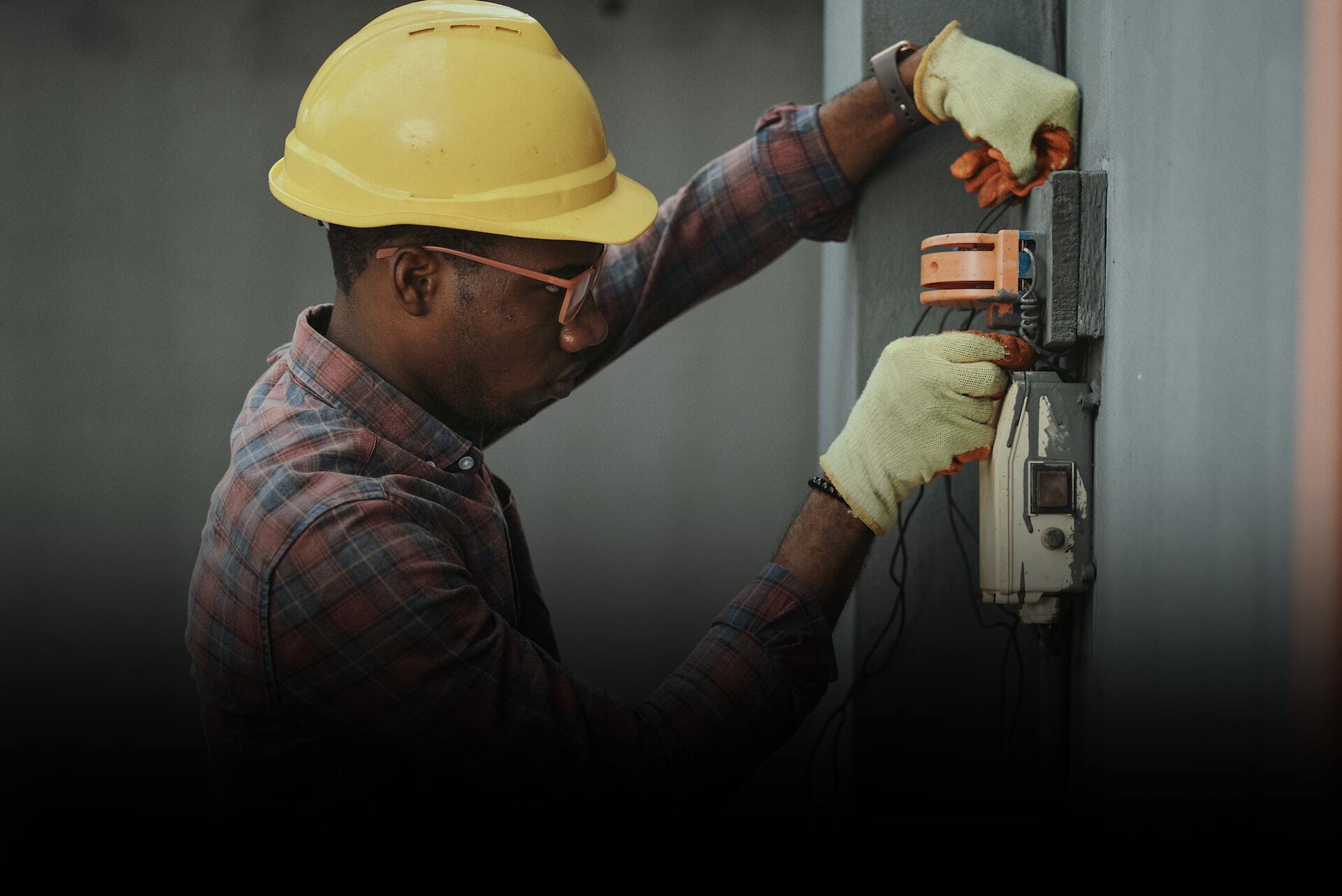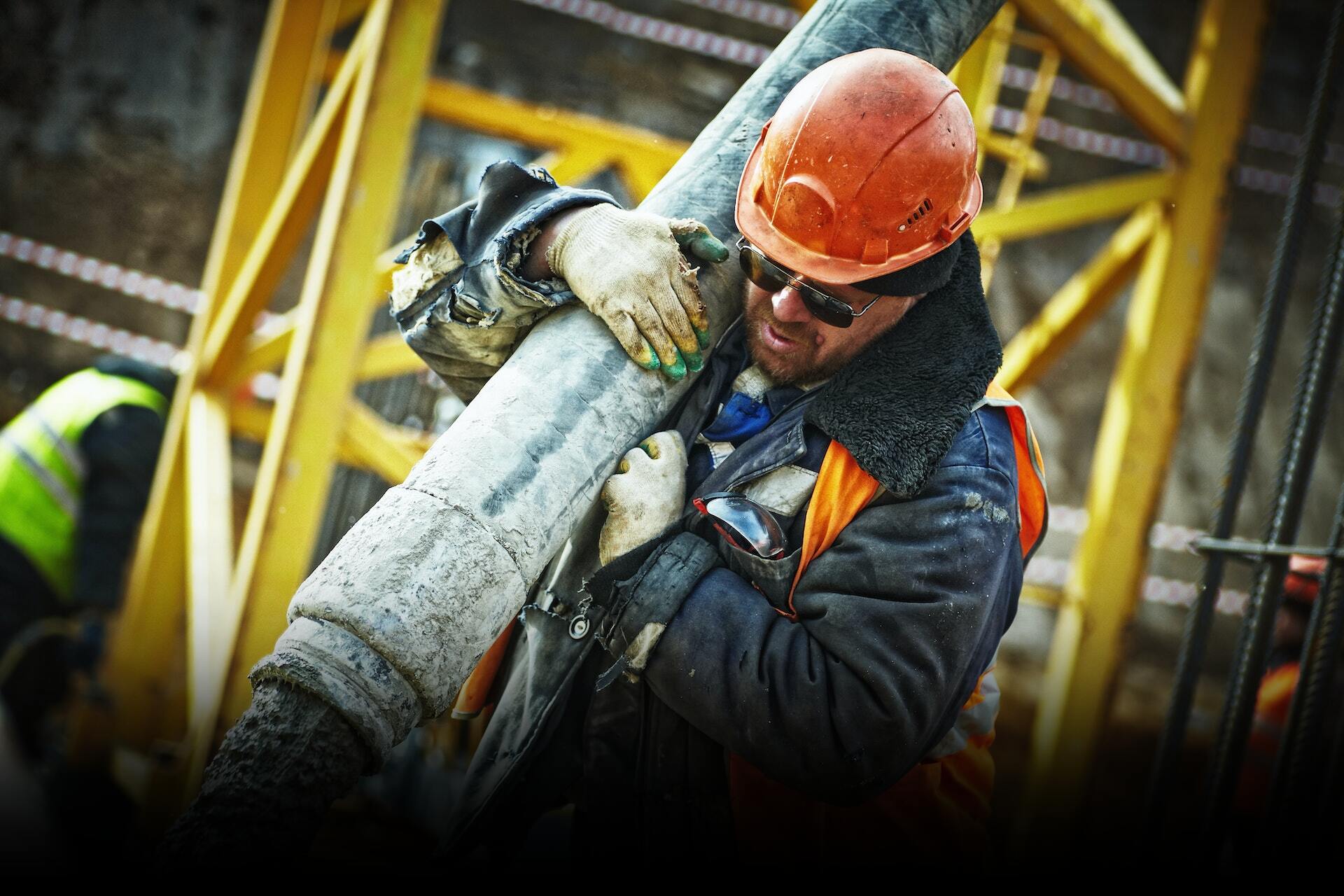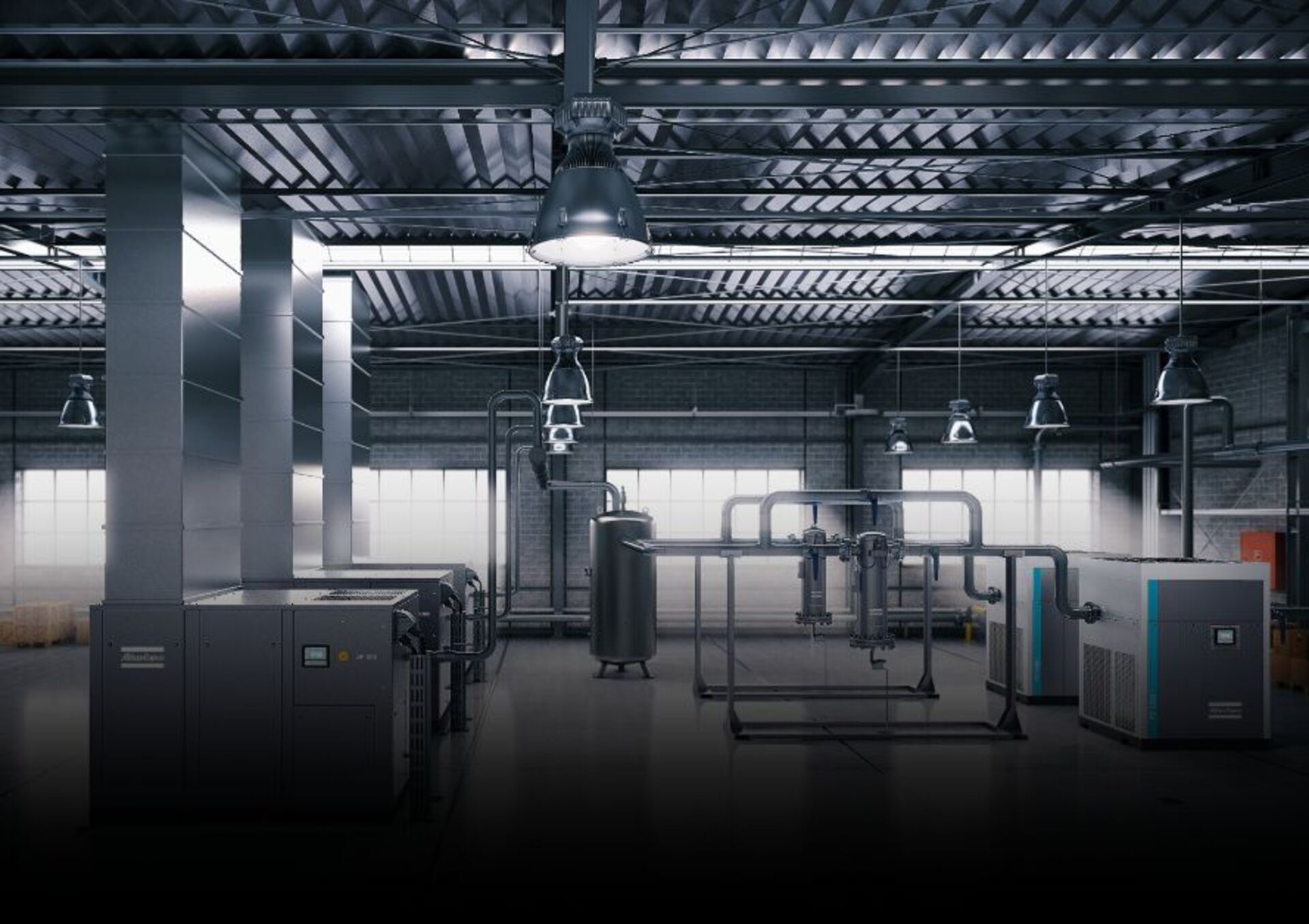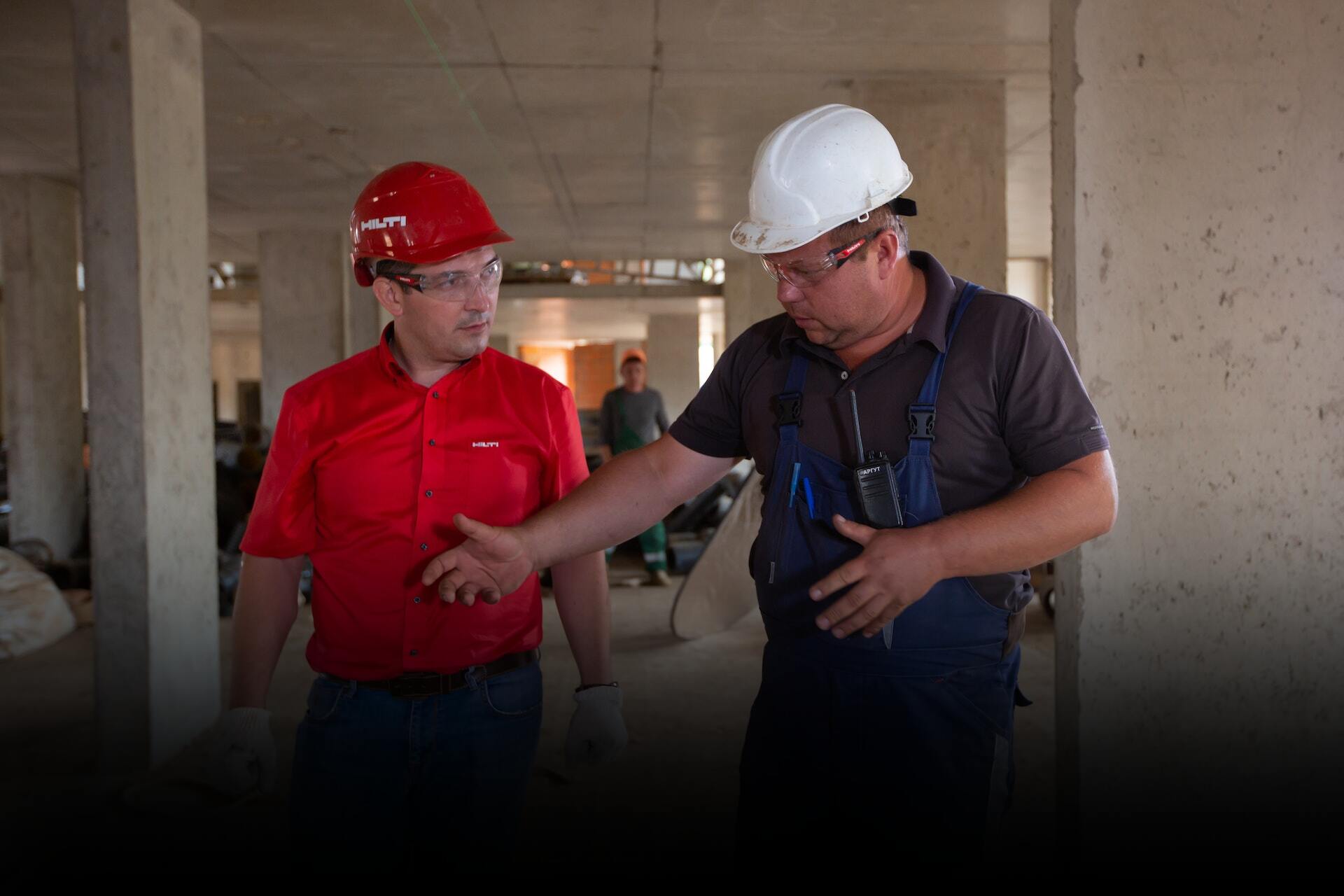
Step-by-Step Guide to Health and Safety Investigations Pt.2
No Time to Read?
Let’s Explore the Blog Together to Know What’s Inside in 5 min summary video
Step 2: Analysing The Information
Examining the gathered information, determining what occurred and the reason behind it by identifying relevant information, and determining if significant information is missing. As the analysis progresses, fade lines will become brighter. Keep in mind that thoroughness and freedom from bias must be considered, and the analysis must be carried out systematically so all the possible causes and consequences are accurate. Once the analysis is done, results will be conducted with employee or trade union health and safety representatives and any interested parties.
Read First ``Guide to Health and Safety Investigations``
1) Focus and define the immediate, underlying and root causes
Remind yourself “language of investigation” go back to blog “How To Investigate Accidents and Incidents”. Differentiate all causes, and stress root causes in particular, because it teaches past failures and prevents future re-occurrence. Be patient and professional when dealing with causes that often correlate in a complex way. Be open-minded, consider all possible causes, and do not reject a possible cause until you are certain about serious consideration.
2) What happened and why?
Analyzing the outcome of those two questions enables you to put information in the correct order, as shown in the following example.
1- The starting point (the ‘event”) is that the employee has broken his leg.
2- The reasons why this happened: – employee works at height (on a ladder) – falling hazard (poor balance)
3- The circumstances: (poor ladder condition, slippery steps, poor housekeeping, etc)
Remember, you need to answer carefully and precisely for each reason, asking “WHY” is the key to find out truth. Keep asking ‘Why’ until the answers are no longer meaningful. Do not care about how many times you ask, ‘Why?’.

3) Does “human failings” be contributory factor?,What to do if “human errors or violations” are identified as major factor?
More caution is required with this part, so consider carefully how to handle this information and remember that ignoring the ‘human’ factors will reduce the value of the investigation. The key factor is to earn the workforce’s trust enough to cooperate with you, avoid laying all the blame on one or more individuals, as it is proportionately inversely related to productivity and runs the risk of alienating the workforce and undermining the safety culture.Speak clearly
and explain your point of view with their action(s), and let them speak the reason behind it. This may help in better understanding and pointing to the underlying causes (production deadline, removing the guards to save time) Unless you discover a deliberate and malicious violation or sabotage of workplace safety precautions, it may be counterproductive to take disciplinary action against those involved. Remember, you need their cooperation and honesty with you the next time an adverse event occurs.
4) What are the Three Broad Types of Human Failing?
Skill-Based Errors
Slips: happen despite being familiar with tasks up to execution automatically without thinking. In that case, slip action is not as planned, like operating the wrong switch on a control panel;
Lapses: ignoring a strict sequence of actions either on purpose or distraction, for example, while dispensing motor oil through the drain plug, the technician picked up his phone call, forgot to re-tighten the plug, and started filling oil, which directly went to the floor.
These types of errors can be foreseen, and measures can be taken to prevent or reduce their likelihood using a checklist
Mistakes,Errors of judgement
Rule-based mistakes: when setting contingency plans, emergency rules or procedures in particular situations, applying the wrong rule to the situation, for example, following the wrong procedure for extinguishing fire, first aid, or evacuation.
Knowledge-based mistakes: when experiencing a new, unfamiliar situation not included in planned rules, a person improvises using knowledge, which may lead to the wrong conclusion. For example, a person extinguishes chemical fires (sodium) with water because he does not know how to act in such a situation.
Training, comprehensive safe working procedures, and equipment design are most important in preventing mistakes.
Violation
Intended skip or failure to follow the rules, like removing the safety guard to save time or bypassing the safety sensor to accelerate the process. Such attitudes are based on the poor belief that rules are too restrictive and can be skipped for better performance.
These types of errors can be foreseen, and measures can be taken to prevent or reduce their likelihood using a checklist
Consider the following factors that can influence human behaviour.
-
-
- Job factors
- Human factors
- Organizational factors
- Plant and equipment factors
-
Further detail about each factor has been discussed in the blogs “avoid bad factors influencing safety behaviour, pt. 1” and pt. 2.
Your first mistake could be your last
– Safety Advisor
Step 3: Identifying Risk Control Measures
Usually, several risk control measures can provide a better solution; nevertheless, they should be carefully prioritized, when and by whom to ensure implementation. Based on their ability to prevent recurrences, the control measures will be prioritized. Global standards like ISO 45001 have set particular steps to follow:
Hierarchy Of Control Measures
1- Eliminate the risk
2- Substitute the risk
3- Engineering measures
4- Administrative
5- PPE
Step 4: Identifying Risk Control Measures
Review all relevant risk assessments and safe working procedures after an incident. The findings of your investigation should indicate areas of your risk assessments that need improving. It is important that you take a step back and ask what the findings of the investigation tell you about your risk assessments in general.
More information about risk assessment, Check Why Risk Assessment Is Important
Conclusion
Identify root causes, learn from past failures, and prevent future failures. So, bear in mind that while dealing with the immediate causes may provide a short-term fix, addressing the root causes will not allow conditions to develop again, possibly with more serious consequences
The main objective of any investigation is to prevent accidents by not placing blame on individuals, especially before initiating the investigation, because that results in being counterproductive, because people become defensive and uncooperative.
Consider “human error” and the reasons behind it, like inadequate training and supervision, poor equipment design, a lack of management commitment, and a poor attitude to health and safety.








































